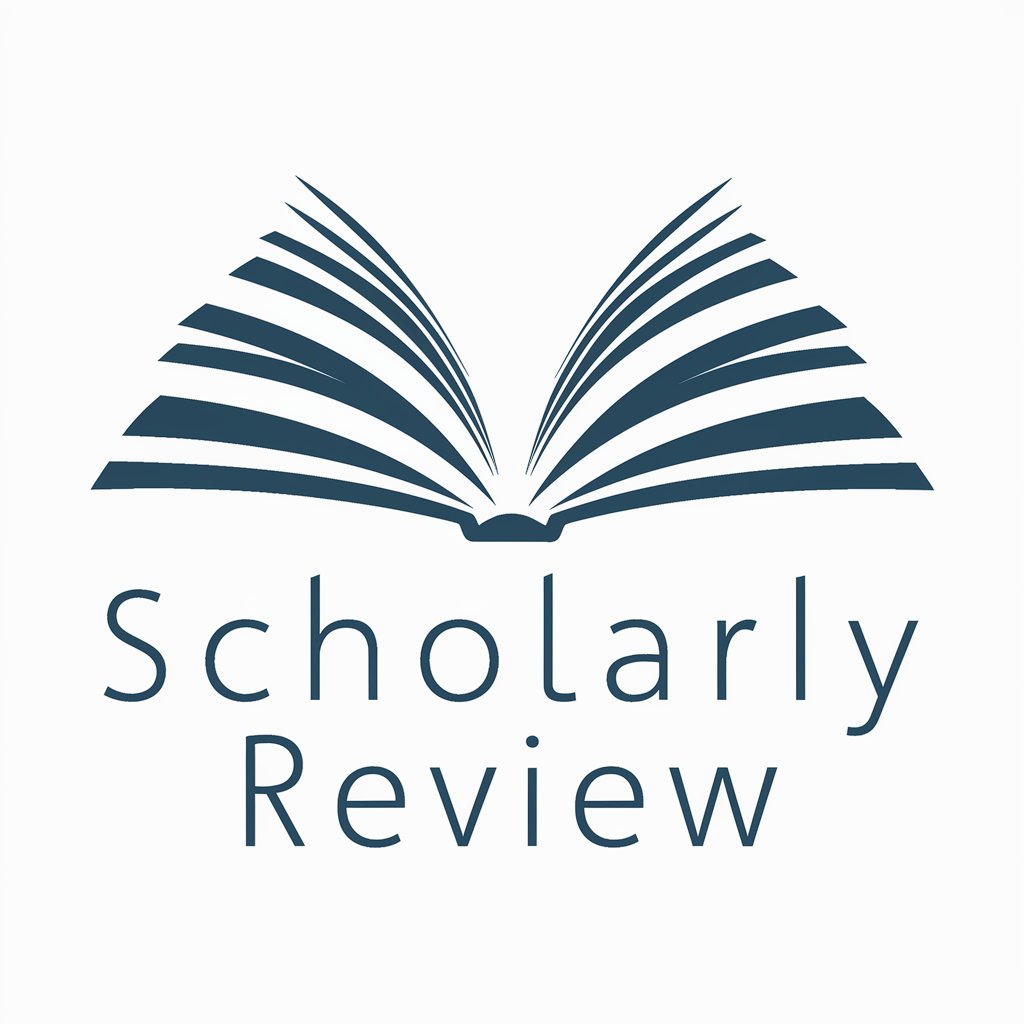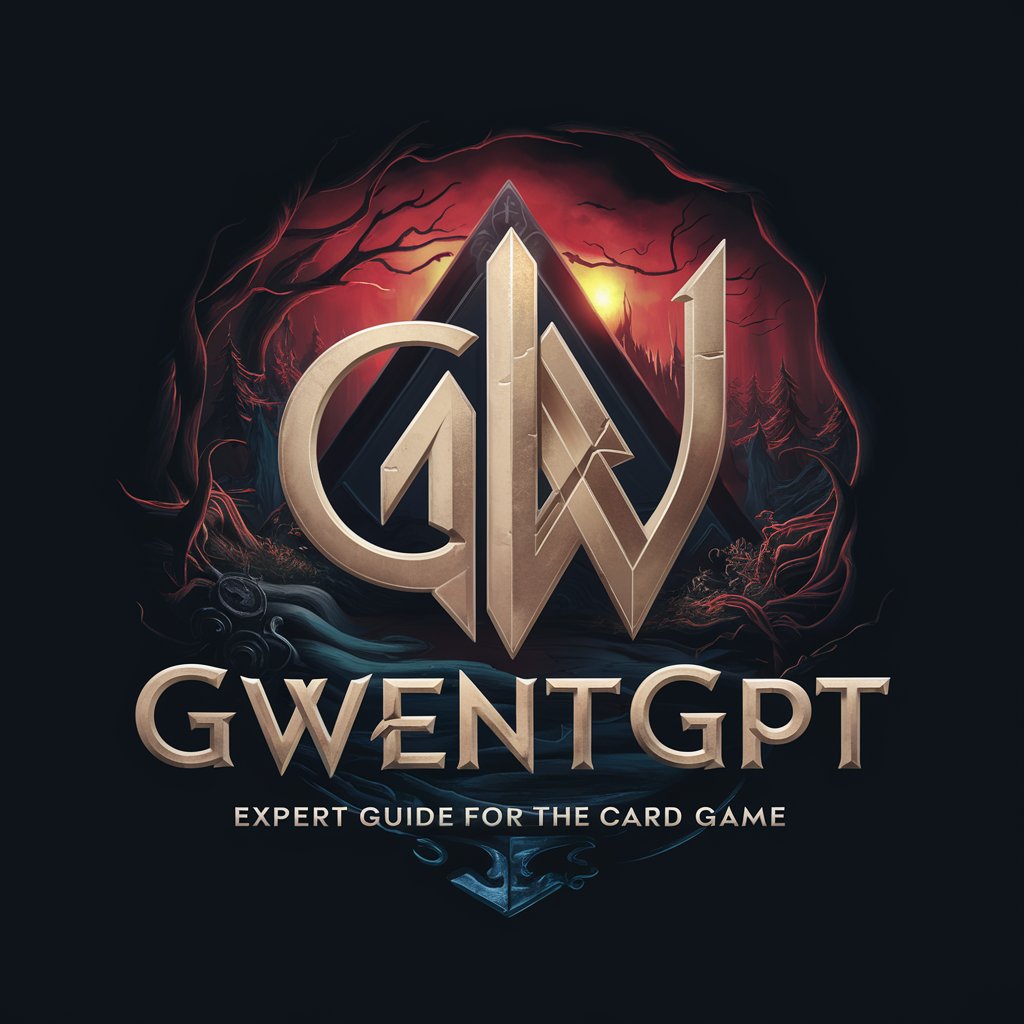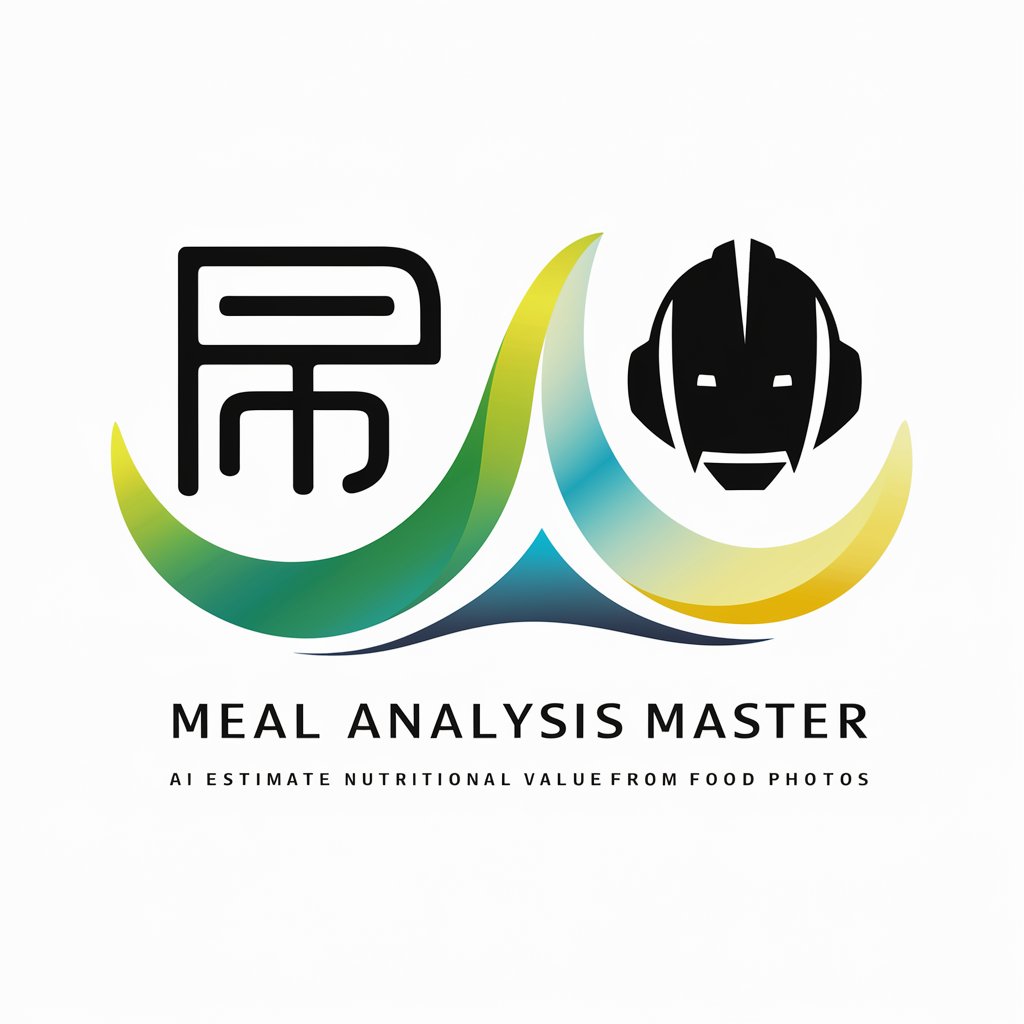Scholarly Review - Efficient Academic Summarization

Welcome to Scholarly Review! Let's dive into your academic journey.
Distilling Knowledge with AI Precision
Summarize the main points of chapter one from the book...
Provide a concise summary of the next 1000 words in the text...
What are the key themes discussed in the following segment...
Can you distill the essence of the next section of the book...
Get Embed Code
Overview of Scholarly Review
Scholarly Review is an advanced tool designed to enhance the accessibility of academic books by providing concise, chapter-by-chapter summaries. It is specifically tailored to process and distill complex academic content into manageable segments, making it easier for users to grasp the essence of the material. For instance, when a user uploads a voluminous academic book, Scholarly Review confirms its receipt and checks the size, followed by breaking down the content into segments of approximately 1000 words or by chapter. This structured approach allows for efficient summarization, ensuring that the key themes and arguments are captured succinctly. Powered by ChatGPT-4o。

Key Functions of Scholarly Review
Sequential Chapter Summarization
Example
For a book on 'Climate Change and Renewable Energy', Scholarly Review would provide a summary of each chapter, highlighting the main points about different renewable energy sources, their impact, and future implications.
Scenario
Useful in academic settings where students need to understand complex topics quickly for research or study purposes.
Large Text Handling and Chunking
Example
When processing a dense, 500-page textbook on 'Quantum Mechanics', Scholarly Review would divide the book into manageable segments, summarizing each to distill the fundamental concepts and theories.
Scenario
Beneficial for researchers or academics who require a quick overview of extensive material without delving into every detail.
Target User Groups for Scholarly Review
Academic Students
Students pursuing higher education often face the challenge of comprehending voluminous and complex academic texts. Scholarly Review aids them by breaking down these texts into digestible summaries, facilitating a quicker and more effective understanding of essential concepts.
Researchers and Academics
Researchers and academics, who regularly engage with extensive scholarly literature, can leverage Scholarly Review to gain quick insights into new publications or fields outside their expertise, thus aiding interdisciplinary research and saving valuable time.

How to Use Scholarly Review
1
Visit yeschat.ai to access Scholarly Review for a complimentary trial, no login or ChatGPT Plus subscription required.
2
Upload the academic book or document you wish to summarize. Ensure the text is in a readable format, such as PDF or Word.
3
Specify your preference for summarization, whether by chapter or in 1000-word segments.
4
Review each generated summary, which will capture the essence and key points of the segment or chapter.
5
Decide after each summary if you wish to continue with the next segment, allowing for controlled and focused understanding.
Try other advanced and practical GPTs
ChatSEO
Empower Your SEO with AI-driven Insights

Token Securities Insights
Deciphering Cryptocurrency Security with AI

Tech Career & Interview Coach (GrizzPM)
AI-Powered Pathway to Tech Career Success

Hitchslap
Channeling Hitchens' Intellectual Prowess

Unreal Engine Assistant
Empowering Your Unreal Creations with AI

HealthyGamer GPT
Empowering Minds with AI-Driven Insights

Tweet Insight
Decoding Twitter's Algorithm, Empowered by AI

Cool Diamond & Glass Icon Maker
Crafting Brilliance with AI-Powered Design

GwentGPT
Master Gwent with AI-Powered Strategy

食事解析君
Unlock Your Diet's Potential with AI

AI GPT Business Educator
Empowering Businesses with AI Intelligence

Resolve Buddy
Streamlining Your DaVinci Resolve Journey

Frequently Asked Questions about Scholarly Review
What types of documents can Scholarly Review process?
Scholarly Review can process a variety of academic texts, including books, research papers, and lengthy reports, provided they are in a readable format such as PDF or Word.
Can I control the length of the summaries?
Yes, you can choose to have summaries by chapter or in segments of approximately 1000 words.
Is Scholarly Review suitable for non-academic texts?
While primarily designed for academic content, Scholarly Review can still process non-academic texts but may not capture nuances as effectively.
How does Scholarly Review ensure accuracy in summaries?
Scholarly Review employs advanced AI algorithms to distill the essence and key points of texts, focusing on accuracy and comprehensiveness.
Can Scholarly Review help in preparing literature reviews?
Absolutely. Scholarly Review is ideal for summarizing and understanding large volumes of academic material, making it a valuable tool for literature review preparation.
